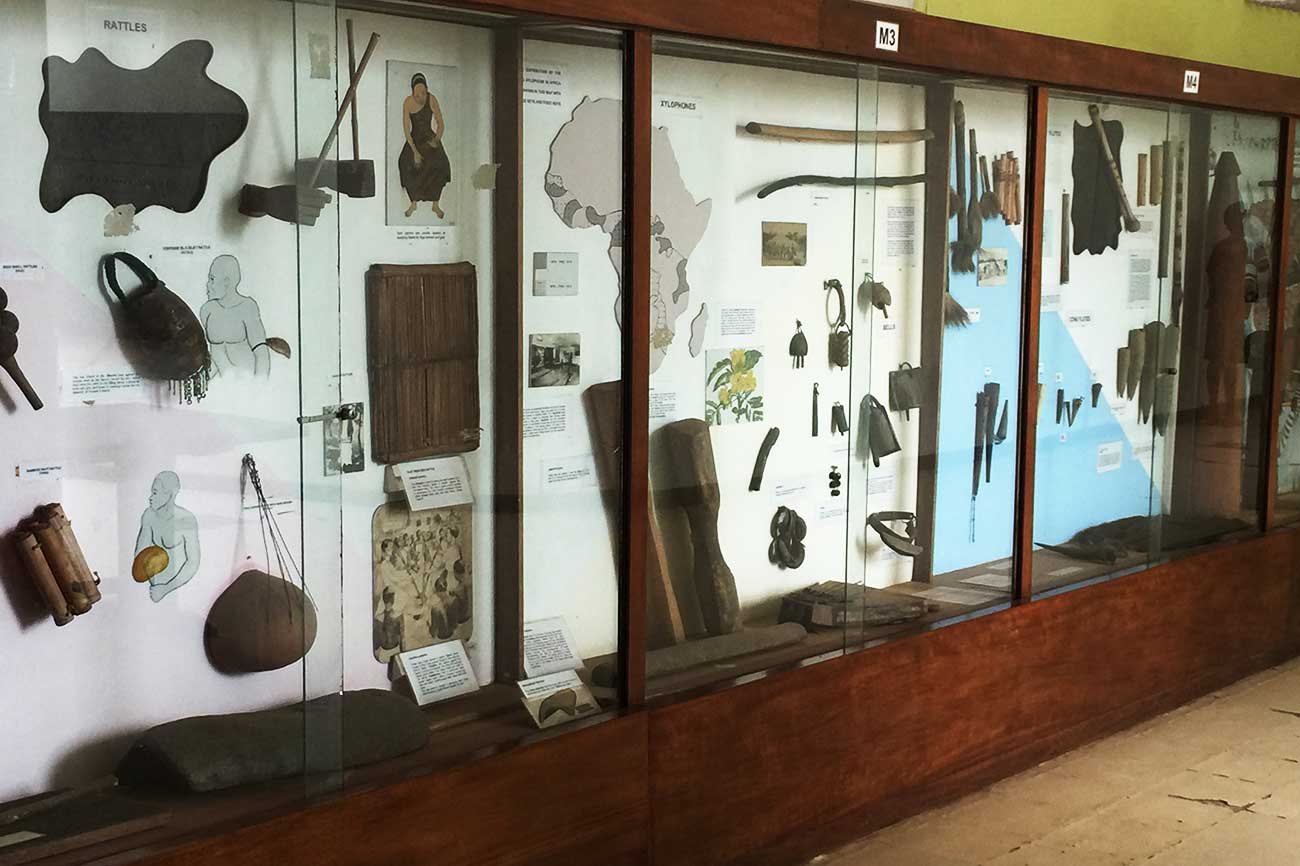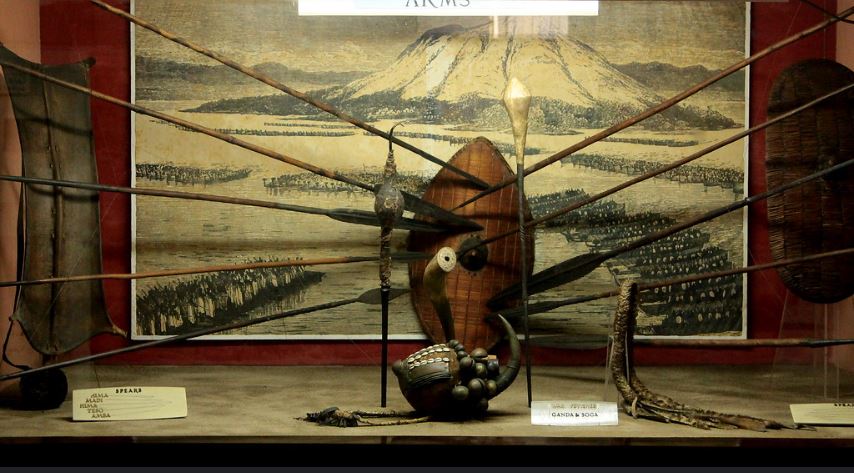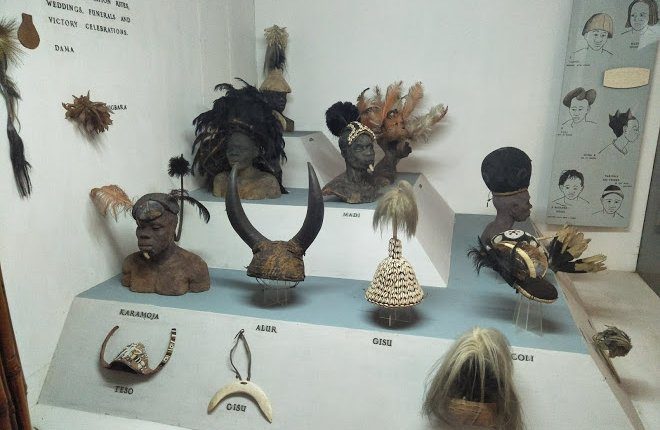
The Uganda Museum
The Uganda Museum is the oldest in East Africa, displaying various historical sections of Uganda’s traditional history. It is located along Kintante Road, as you approach Kamwokya near the British Council offices. This museum has made significant contributions to Uganda’s tourism industry by displaying traditional Ugandan life collections. The British protectorate government began it in 1908 at Lugard’s fort in old Kampala, where the National Gadhafi Mosque now stands. Later, in 1942, it was relocated to Makerere University’s School of Fine Arts, and in 1954, it was officially transferred to Kintante Hill, where it remains today.
Importance of the Uganda Museum

The Uganda Museum has had a significant impact on the Uganda Tourism Board because of the vibrant craft shops made of handmade materials that tourists purchase for future remembrance. The museum preserves many cultural sites through the exhibition of historical cultural sites such as the first fold car, which has drawn many visitors, traditional houses, and the first chair, which President Yoweri Museveni sat in during his reign in 1986.
Other tourists visit the museum on purpose to spend their leisure time with their families, friends, and groups from here because it has a conducive environment composed of gardens and workshops where people do gather once a year for the event for the exhibition of traditional things, thereby influencing Uganda’s tourism industry.
The Uganda Museum also serves as an attraction for school tours that come to learn more about Uganda’s history. The museum, on the other hand, provides an unforgettable experience of cultural materials such as cutlery, musical instruments, traditional milk pots, leather work, and craft materials such as handmade bags, neckless, and earrings that you can buy and take back to your home country.

Sections in The Uganda Museum
The Science Industry section: The science section is displayed with the first fold car which was made by Alexandra Mackay and the first telephone in the country as well as the first presidential chair where President Yoweri Kaguta Museveni sat when he had reigned into power “in 1986”. All of these have served as tourist attractions as well as research opportunities for tourists, students, and researchers.
The section on Palaeontology: This section allows you to view or learn about the historical context of environmental features such as animal features and bird species.
The section on natural history: This natural historical section displays reptile features where tourists can see snakes and bird species native to Uganda.
The musical galley: This section displays traditional instruments used in ancient times, such as drums, string instruments, and percussion, among others.
The section on ethnography: This historical section includes items such as gomesi for women and Kanzu for men, wooden sandals, bark cloth, baskets, wooden tools, and a traditional reed door. They used stones, bones, and wood as hunting tools for various purposes.
The section on archaeology: This section is displayed with museum galley items such as a Xylem phone and drums, which were used as instruments in traditional African stories for Bachwezi. The first printing press, which printed Uganda’s first newspaper, is also displayed in this section, influencing Ugandan tourism.
Cultural Village Section: This section displays various African traditional huts where one can get excited about these beautiful huts, each with its own historical backstory. It can be found outside the museum’s promises.
This Uganda’s cultural houses are classified as various traditional huts “houses” among Uganda’s traditional tribes such as Batooro, Bakiga, Lango, Ankole, Baganda, and Bagishu, among others. Each traditional hut has a clan-like hunting spire, and hunting has been practiced in Uganda for over 100,000 years. Bark clothes, traditional beds, knives, traditional dressing codes, and saddles are among the tools used.
When Is the Best Time to Visit the Uganda Museum?
The best time to enjoy your hour of visitation here at the Uganda museum is during festival seasons such as “Christmas time,” when a large number of foreigners and domestic visitors can be seen in the area exploring the beautiful traditional sections displayed inside with a guide explaining each section individually.






